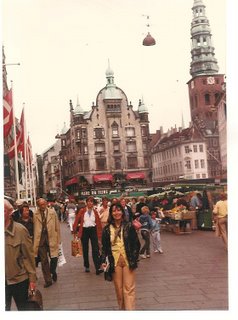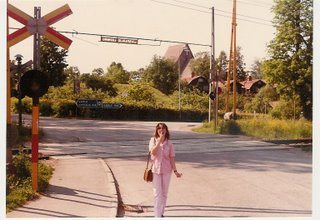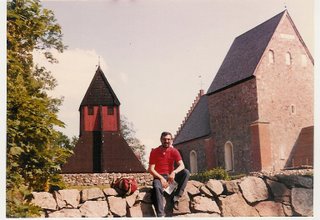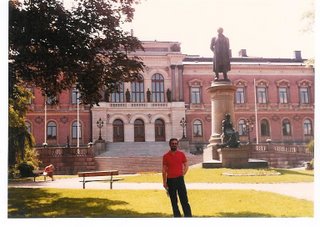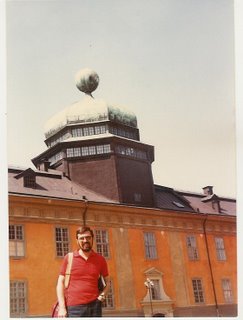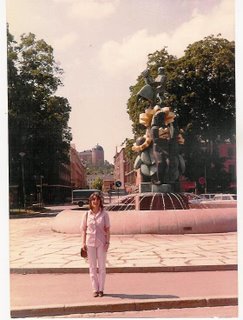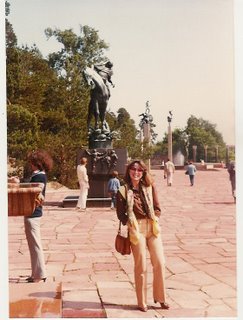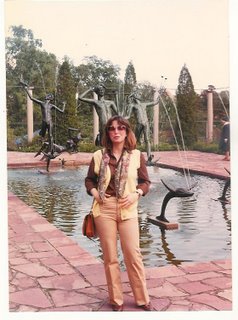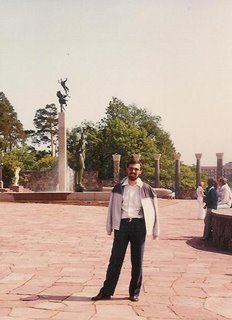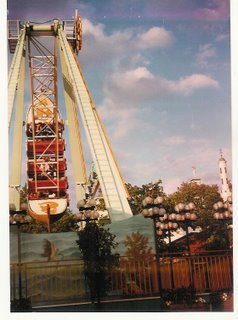***
ROSKILDE



"ROSKILDE CATHEDRAL - Dating from around 1280, the Cathedral is located in the city of Roskilde (Island of Zealand) and it was the first Gothic cathedral to be built of brick (red) in Scandinavia, as well as the only cathedral in Zealand until the 20th century. After it was built, a lot more of Gothic churches spread all over northern Europe. Having been a Catholic church until 1536, it became Protestant after the Reformation, and has been the mausoleum of the Danish royal family since the 15th century. This led to the addition of extensions in several different styles, thus providing an overview of the development of religious architecture in Scandinavia. All combined were the reasons for including the twin spires' cathedral in the UNESCO's World Heritage List in 1995"

"ROSKILDE BEACH - Roskilde is one of Denmark-s oldest cities, and was, in the medieval times, the seat of the Danish crown and an episcopal residence. The Fjord contributed to its prosperity"
***
FREDERIKSBORG




FREDERIKSBORG - the largest Renaissance palace in Scandinavia - is located in the middle of Hillerød on three islands in the Palace Lake. The oldest parts of the palace were built in 1560 by King Frederik II and the rest (Dutch Renaissance style) in the seventeenth century by Christian IV. The castle burnt in the night of December 16, 1859, but was rebuilt during the following 25 years with financial support from the King, Carlsberg owner and Foundation, and the public. The Danish Kings lived in Frederiksborg Castle for about a century and the National History Museum has been housed there since 1878"
***
FREDENSBORG

"FREDENSBORG - The French-inspired baroque Palace of Peace (it hosted the signatory ceremony of the peace treaty between Denmark and Sweden on July 3, 1720, while still in construction) is located on the eastern shore of Lake Esrum. It is the Danish Royal Family's spring and autumn residence, thus being the most used of the Royal residences"
***
KRONBORG


"KRONBORG Castle is strategically located at Helsingør (Elsinore) on the shores of the Oresund, the stretch of water between Denmark and Sweden, at its narrowest point (only four kilometres wide). With its construction started in 1574, it played a key role in the history of Scandinavia in the 16th, 17th and 18th centuries. Its defences were reinforced with the construction of a new series of ramparts in the late 17th century thus becoming the strongest fortress in Europe. It remained intact until today!
It seems, however, that everything started up there in the 1420s when the Danish king, Eric of Pomerania, decided to levy tolls on all ships wishing to enter or leave the Baltic... Powerful taxation lead to the building of a powerful fortress to control the sound"


"KRONBORG - The outstanding Renaissance castle is of enormous symbolic value to the Danish people. As almost all palaces in those times, it burnt in 1629, and the Chapel was the only room that was spared, due to the strength of its arches. It was rebuilt, served as a slave prison from 1739 until the mid-19th century, and was included in UNESCO's World Heritage Sites List on November 30, 2000"

"HAMLET - Kronborg is also known as «Elsinore», the setting of Shakespeare's most celebrated tragedy: «Hamlet - Prince of Denmark». Hamlet was actually performed there for the first time to mark the 200th anniversary of Shakespeare's death. The castle also houses a statue of Ogier the Dane, who, according to a legend, is deemed to be sleeping here until the day Denmark is in grave danger - «Something is rotten in the state of Denmark» - at which time he will wake up and save the country"









